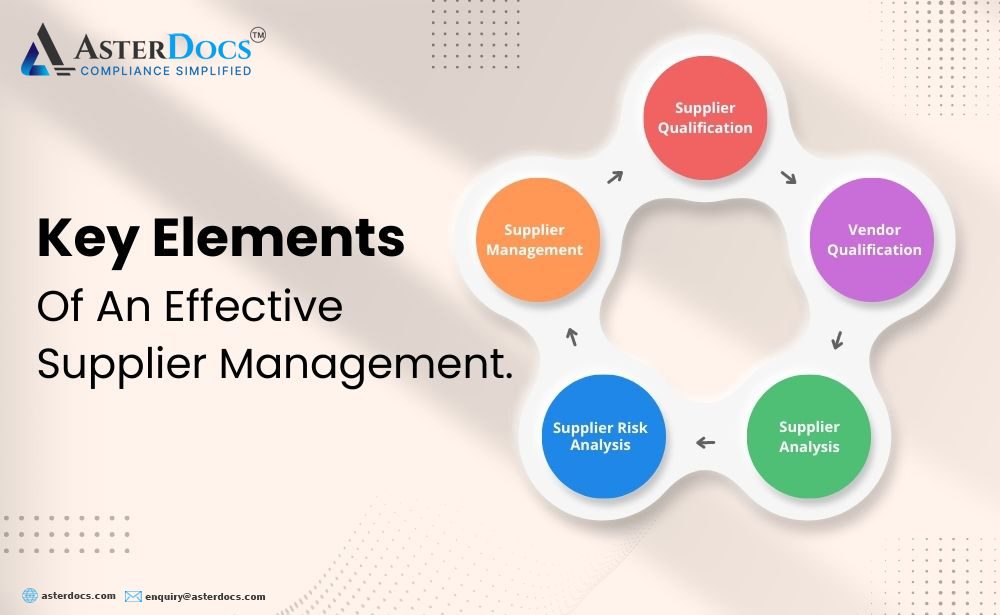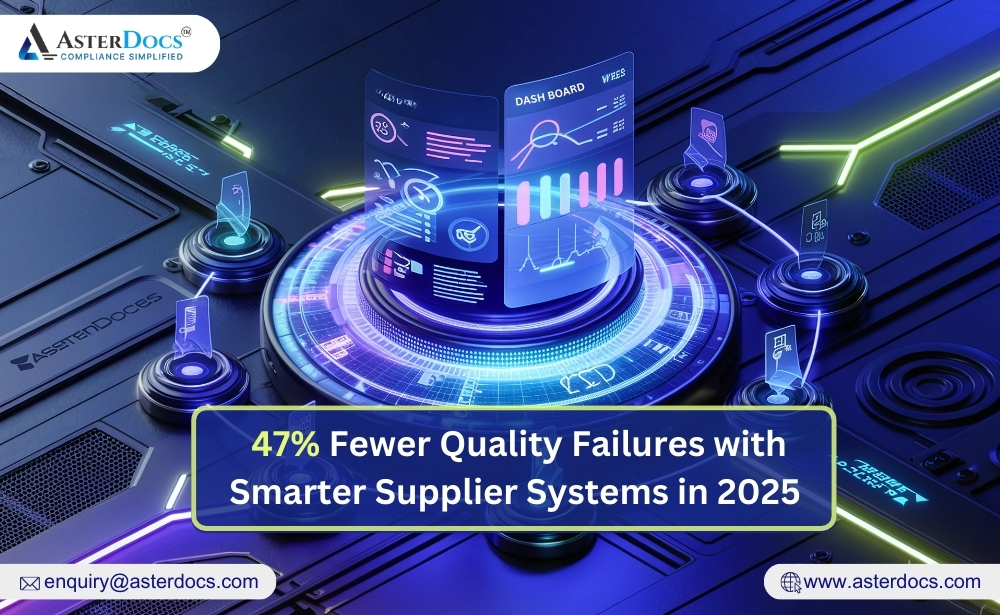Modern procurement organizations struggle to compile and arrange supplier data in a way that best serves the overarching business goals.
You must assess a supplier’s fundamental ability to deliver goods and services in addition to a growing number of frequently conflicting goals, such as gauging their financial stability and supply disruption risk, keeping track of their environmental certifications and sustainability programs, and keeping up with their various compliance and regulatory obligations.
A company’s suppliers must be trusted, and this relationship must be established. False documents, non-compliance, and trust violations cannot be used as justification for an organization to put its operations at risk.
Four Elements of a Successful Supplier Management Program
1. Open collaboration: Procurement leaders have a crucial role in fostering collaboration between suppliers and stakeholders, and their supplier relationship management (SRM) program should prioritize this aspect. One effective strategy to achieve this goal is establishing a central hub where suppliers and stakeholders can communicate their needs and criteria. This approach avoids the common issue of important information being buried in lengthy email threads. By eliminating this inefficiency, procurement can promote real-time communication and stay informed.
2. Simplified compliance: Sourcing leaders must clearly understand their suppliers’ compliance with regulations, as non-compliance can result in significant financial penalties. To achieve this, a dedicated process is necessary. Many leaders have successfully simplified their compliance process by utilizing specialized software. Templated forms are used to gather and consolidate large amounts of compliance information from suppliers. This approach enables sourcing leaders to oversee their suppliers and value chain better.
3. Increased Visibility: You need to see whether suppliers are adhering to legal requirements, carrying out their contractual responsibilities, and maintaining the accuracy of their information if you want to minimize supplier risk. Monitoring this component and ensuring supplier compliance eliminates any chance of being caught off guard.
The compliance statuses of your suppliers may be overlooked if you manage your contracts manually or if your record-keeping is disorganized. Following the steps below will put your firm in a stronger position but implementing supplier management software will help to boost your entire approach.
4. Data-driven relationships: Procurement leaders can enhance supplier relationships. It can be done by utilizing metrics-based discussions that help identify improvement areas and drive results. The initial step in leading such conversations is to gather historical performance data to comprehend trends and growth prospects. With a supplier data foundation, teams can collaborate with stakeholders to gather qualitative feedback. And determine how their supplier partners can better support the business.
The first step to good supplier management is putting effective software with transparency and simplicity into place.
How Can Your Supplier Qualification Procedures Be Digitized?
One crucial step in prioritizing supplier risk management is to invest in digitizing supplier management and contracts. While many organizations recognize this, some still need a modern solution.
If you are still running a manual system, it will be challenging to ensure that your suppliers and outside vendors prioritize regulatory compliance and product quality.
Having a specialized Supplier Quality Management System, such as AsterDocs, that enables you to keep track of all supplier quality data and documentation in one location solves this issue.
You may organize your supplier qualification and audits, link suppliers and supplier risk and get a clear overview of all your documentation with the AsterDocs Supplier Qualification Management System. The software solution also streamlines supplier qualification and corrective action requests in a single location.
Implementing specialized software that provides real-time insights and data-driven decision-making capabilities can increase supplier collaboration and provide the agility to mitigate risks and create a strategic path forward.
To Sum Up
Effective supplier management is critical for organizations to thrive in a constantly evolving business landscape. To maximize supplier value, procurement teams should prioritize supplier relationship management (SRM) by focusing on open collaboration, simplified compliance, increased visibility, and data-driven relationships.
By adopting these best practices, procurement teams can mitigate supplier risks, increase agility, and drive strategic growth.













